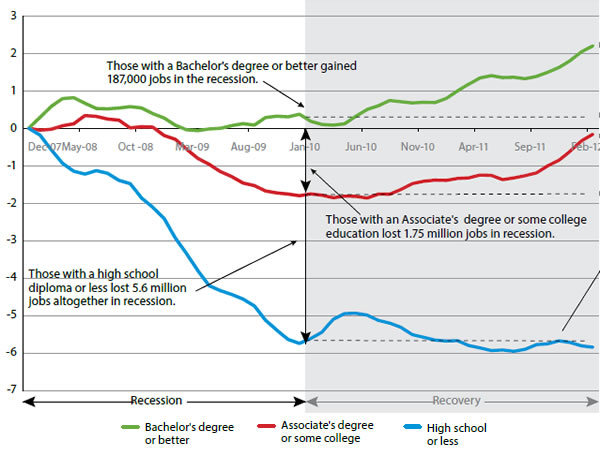Here’s something most managers can relate to: "Probably one of the toughest things for these coaches to do is convince their administrations that the investment in these other areas is important.”
In a Sports Illustrated article (quoted above, linked below) Nick Saban, coach at Alabama, has a whole player development system rather than a scheme for playing the game. He focuses on developing the players and trusts his subordinate coaches to take care of the games. This may be a fad. After all, Alabama attracts great football players anyway.
However, the message of the article is that other coaches are adopting the practice and their schools are funding the effort to some extent. Not a surprise – any coach who’s won as much as Saban has will be imitated. Here’s the thing: at a level where the differences between competitors are small and preparation is at the diminishing returns stage, everyone’s looking for that edge. Michael Lewis’ Moneyball described how a general manager found undervalued players so he could win baseball games on a tight budget.
What does this mean for managers?
- It’s not easy to convince your board that developing people is an important investment. Alabama committed to supporting its coach’s philosophy.
- You have to get people to think beyond their immediate task because accountability is key to execution.

